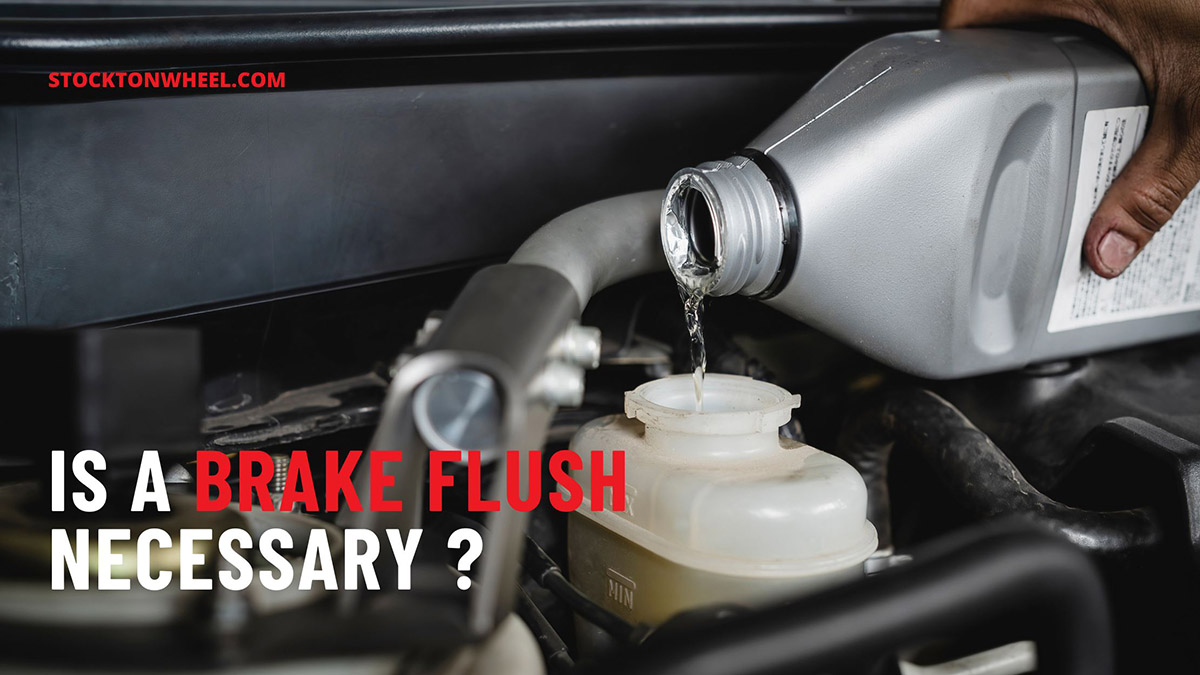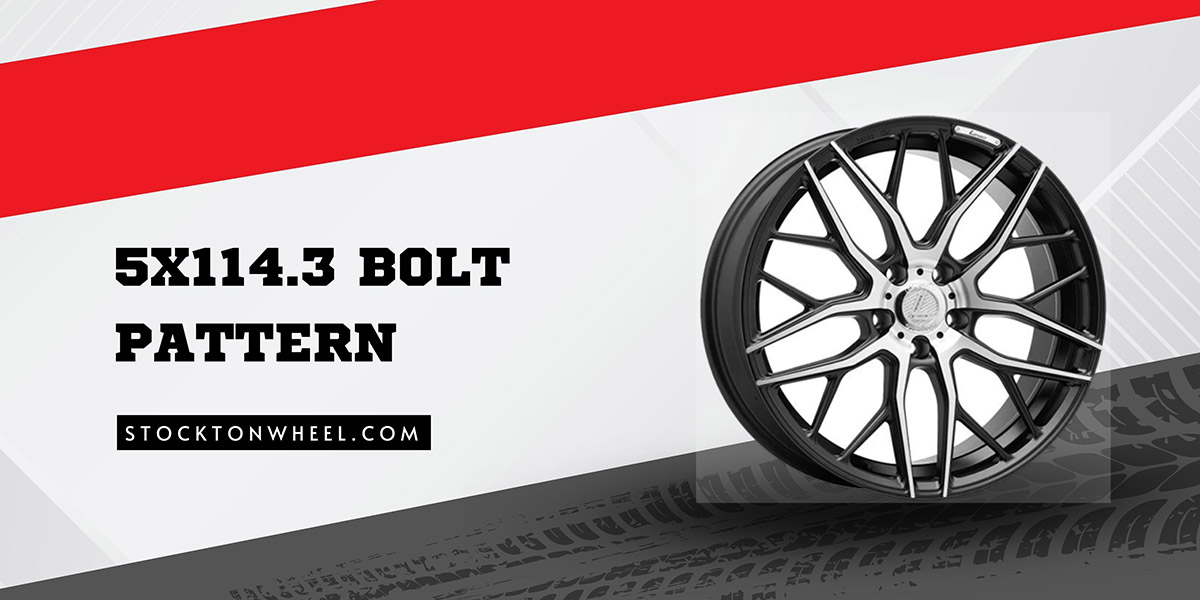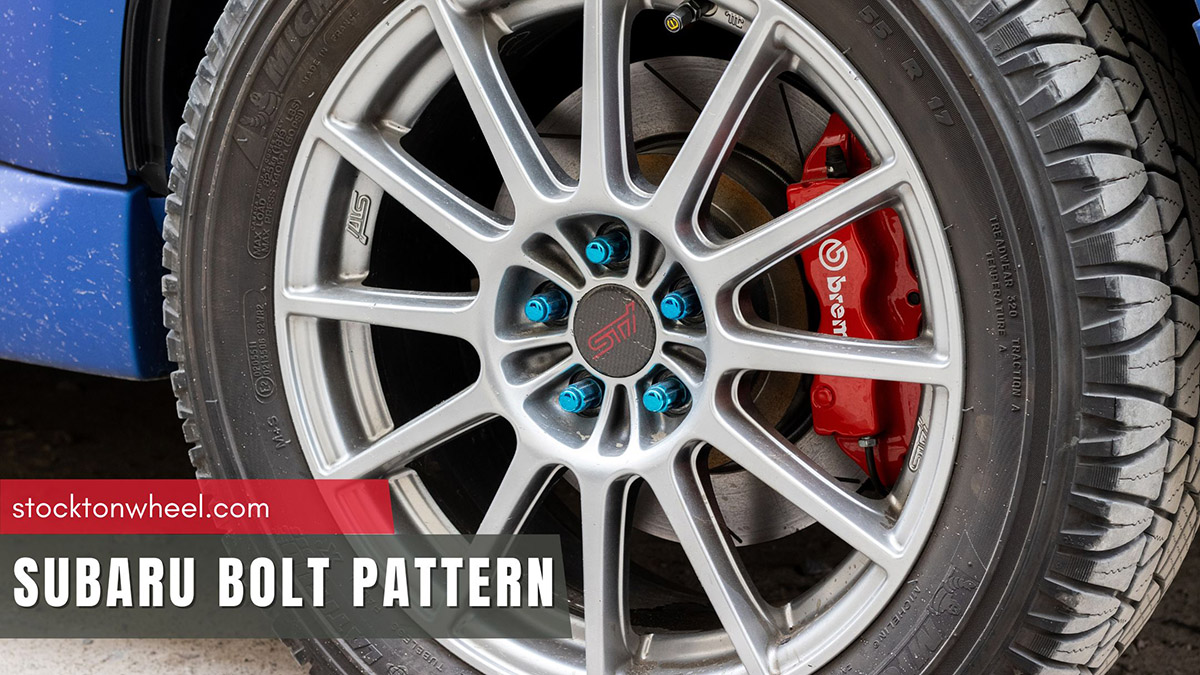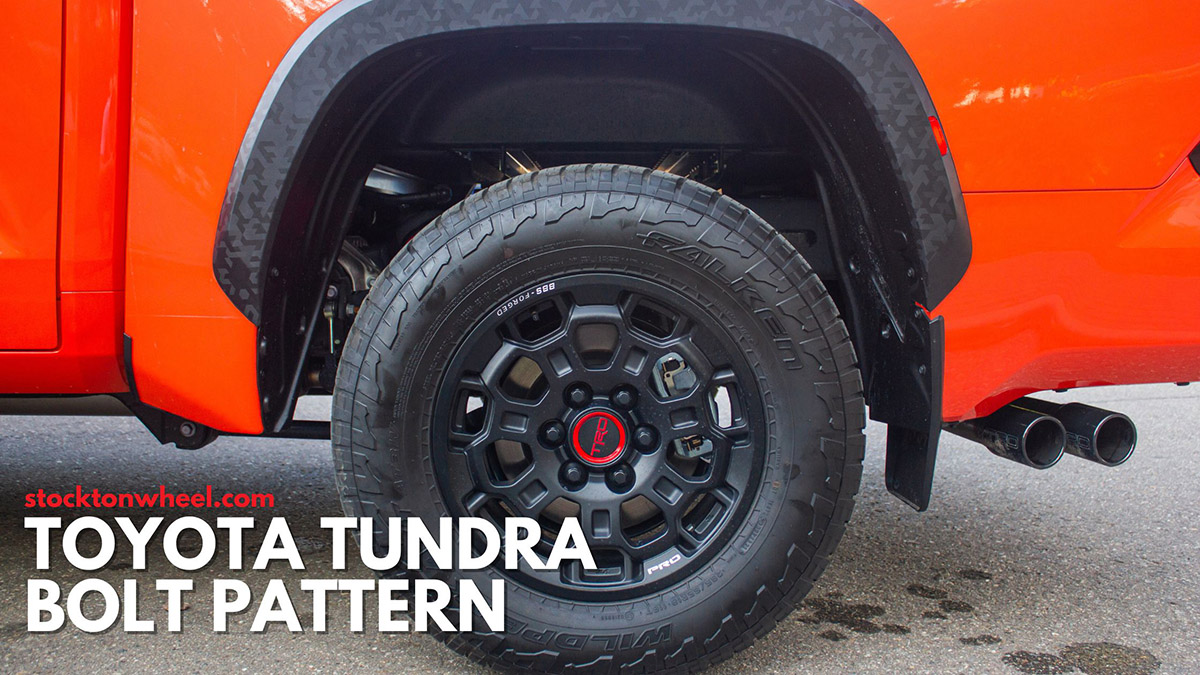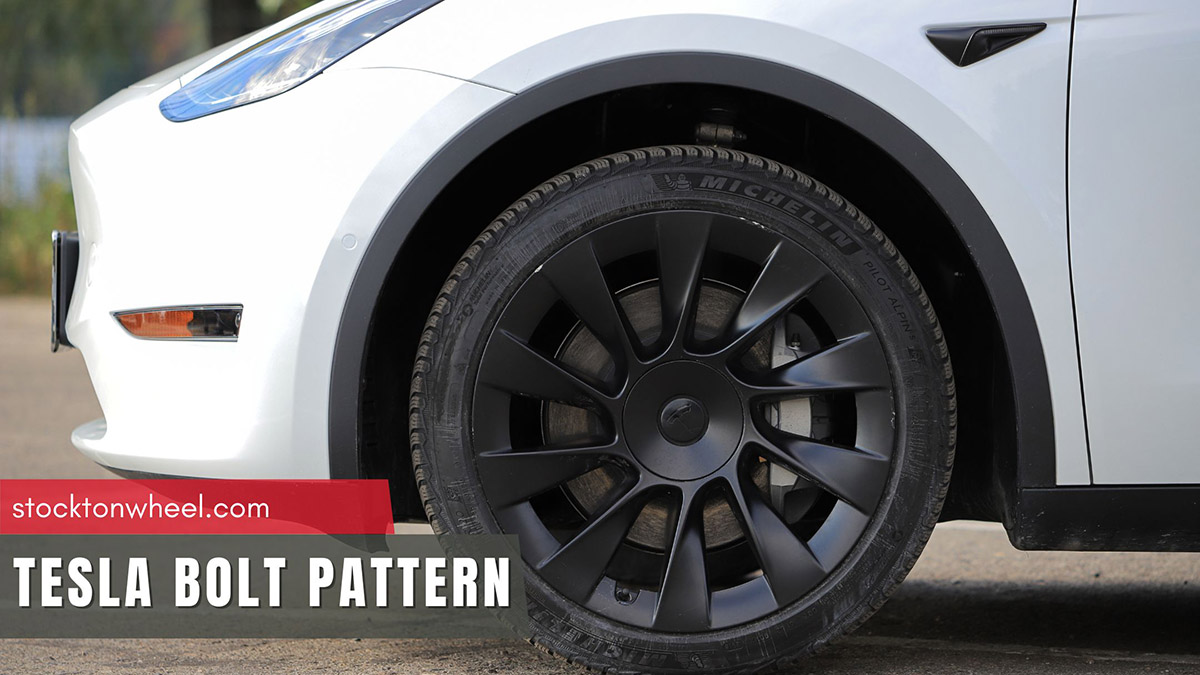Hardly any brake system can run well without brake fluid, and remember that the fluid’s quality cannot remain intact forever and will deteriorate over time. Should you just keep the fluid running until it degrades, or a timely brake flush is necessary to ensure the system functions properly? We will discuss this question and more in the following article.
In this article:
Is A Brake Fluid Flush Really Necessary?
It’s advised to flush the brake fluid frequently. It is constantly exposed to excessive heat and absorbs moisture and contaminants. Contaminated fluid erodes and destroys the braking system if left in the reservoir for too long. So, flushing it will ensure the system’s structural integrity and extend its lifespan.
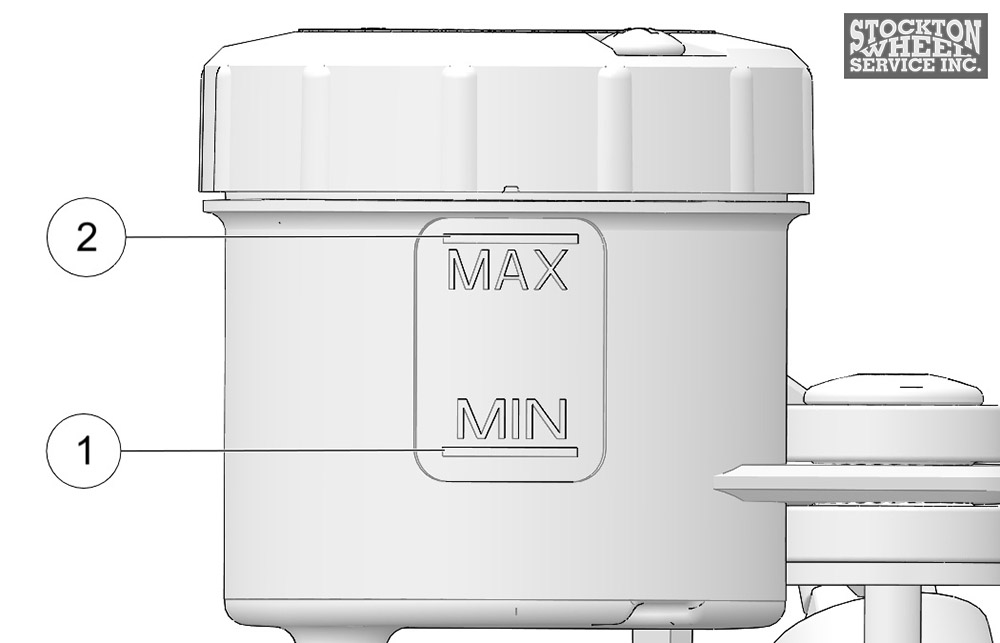
Minimizing Heat-Induced Degradation
Every time you press your brake pedal, kinetic energy is converted into heat through the friction of the brake pads against the brake rotor, raising the temperature of the entire brake system.
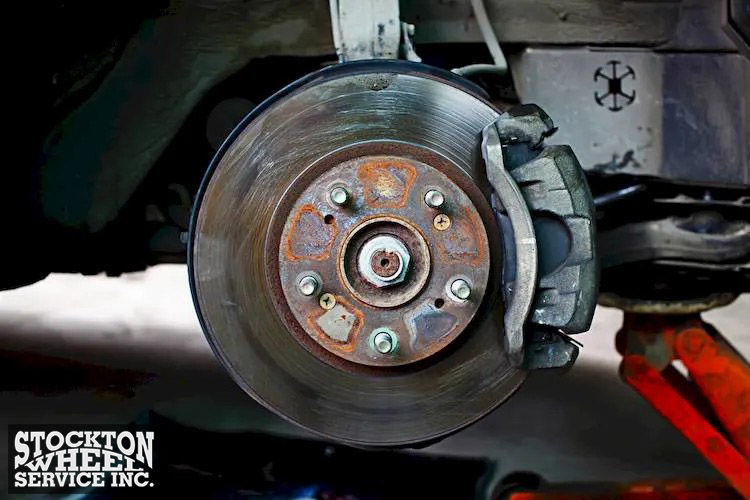
Although most of your brake components are designed to withstand extreme heat, the brake fluid is not one of them. With continued exposure to the increasing temperature, the fluid gradually breaks down, leading to a significant decrease in performance and braking efficiency.
Worse, once the heat exceeds the fluid’s boiling point, it vaporizes and creates compressible air bubbles within the brake lines, causing the brake pedal to feel spongy and lose stopping power. That’s why a brake fluid flush is important to remove the old, degraded fluid, helping your braking system withstand the heat and function at its peak efficiency.
Reducing Moisture Accumulation
Like many other hydraulic fluids, brake fluid is hygroscopic, which easily absorbs moisture from the surrounding environment. Though it does not seem like a pressing concern, its property has grave consequences over time.
Firstly, excessive moisture lowers the boiling point of the fluid. Although brake fluid is engineered to have a high boiling point to withstand heat, it will decrease once mixed with heavy steam or water, increasing the risk of brake fluid vaporization during hard or heavy braking.
Furthermore, moisture absorption corrodes various components within the braking system, such as the brake lines, master cylinders, and calipers. The entire brake system might collapse due to this severe structural damage, causing possible control losses and even deadly accidents.
Fortunately, a timely flush can remove the moisture content within the fluid, restoring its boiling point to preserve the integrity of the braking system.
Preventing Contamination from Particles and Debris
During its operation, the vehicle’s braking system is exposed to various debris and contaminants, such as rubber dust from brake hoses, metal particles from brake pads and rotors, or general road dust.
These particles enter the brake fluid reservoir or other parts of the hydraulic brake system, causing internal damage to the master cylinder and calipers. Wear and tear also increases over time, which might result in expensive repairs or component replacements if left unattended.
Is Brake Flush The Same As Brake Fluid Exchange?
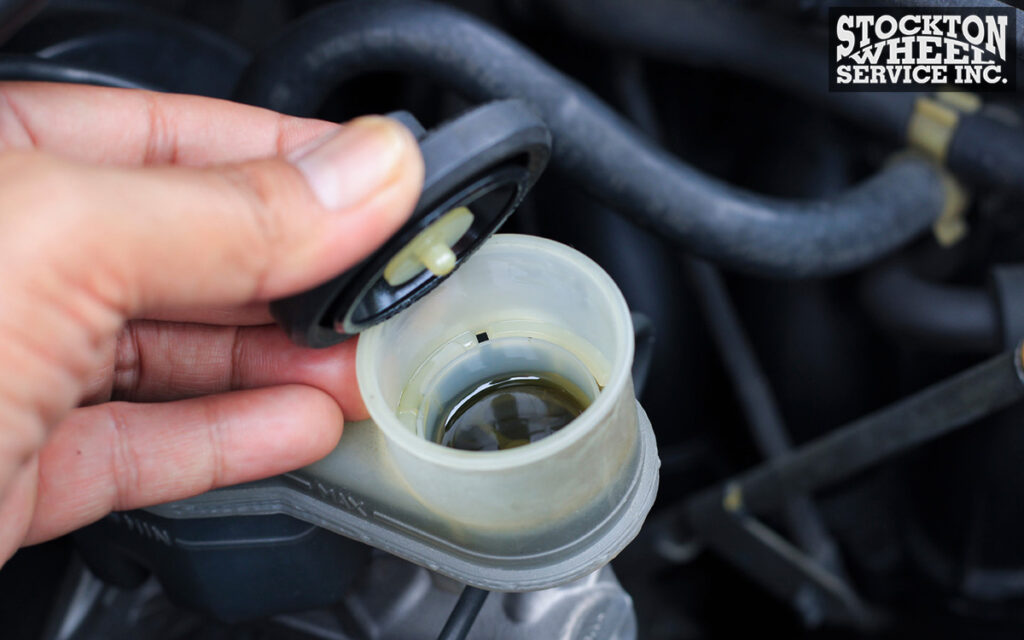
Yes, brake flush and brake fluid exchange are often used interchangeably to refer to the same maintenance procedure, where old brake fluid is removed from the system to be replaced with all-new, clean fluid, ensuring the hydraulic system is clean, free of contaminants, and can perform at its peak.
How Often Should You Change Brake Fluid?
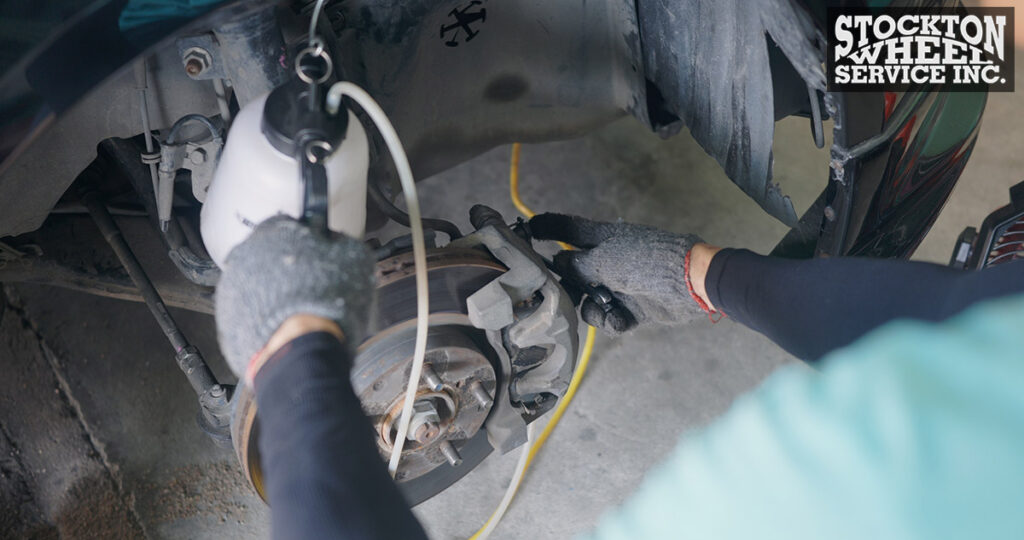
A rule of thumb is to change brake fluid every two years, depending on your driving conditions and the manufacturer’s recommendations. Also, consider early fluid replacement if one of these symptoms arises:
Soft or Bouncy Brake Pedal
Does your brake pedal feel soft or spongy? Or do you have to depress it fully before the car slows down or stops? If yes, chances are your brake fluid has been running low, causing the air to enter the brake lines and soften the brakes.
ABS Dashboard Light
The illuminated ABS dashboard light often results from dirty brake fluid and indicates issues in the anti-lock braking system. Do not be surprised if wheel lockups, skids, and traction losses occur frequently.
Strange Odors or Sounds During Braking
Unusual scraping/grinding sounds or burning odors suggest your brake fluid has overheated or burned out. Pull over to let the car cool down; ignoring them to drive with burnt brake fluid only worsens the issue and sets the stage for brake failure.
Ineffective Brake Performance
An efficient brake system must deliver swift, responsive braking, especially in emergencies. An increase in the stopping distance suggests it might need instant brake servicing.
Still, worn brake pads, warped rotors, or problems with other brake system components are other common culprits behind the ineffective performance; to confirm, have an auto mechanic inspect your car thoroughly.
How Much Does A Brake Flush Cost?
Expect to pay between $173 and $205 for a brake flush, depending on your vehicle model, the type of brake fluid, and the labor rate of the auto repair shop or expert mechanic you choose. The cost might also be higher if you need to have the entire brake system flushed due to fluid leaks or other issues.
Conclusion
You should flush the brake fluid often (at least every 2 years) while constantly monitoring symptoms of contaminants or degrading quality. The sooner they are detected, the better; you can save a lot on expensive repairs as a result!

